|
To see a shooting star, all you need is a blanket to lie on, a clear view of the sky on a moonless night, and patience. This week, you'll need a lot less patience than usual because the annual Perseid meteor showers are at their peak. This should be a good year to view the Perseids because the moon is very close to its new phase when the Perseids peak. This position of the moon means that the night skies are at their darkest.
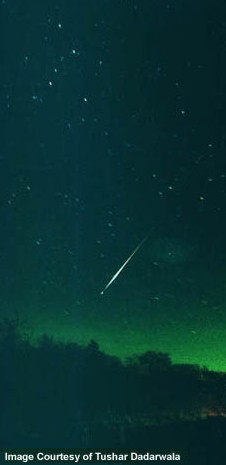
When and where to view the Perseids
The Perseids are considered active from about July 25 through August 18. The best times are August 8 through August 14, with the peak views coming late Tuesday, August 12, into the early hours of Wednesday morning.
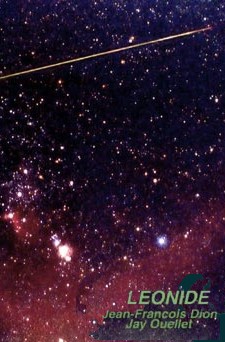
The Perseid meteor shower is named after the constellation Perseus. At this time of the year, Perseus is high in the eastern sky near the bright planets Jupiter and Saturn. Look straight up to see the Perseids streaking from the east towards the west and the south.
|
|
Those in urban areas might want to consider a trip to the country where they can see the Perseids unhampered by city lights. "Rates from rural observing sights should approach and perhaps even surpass 60 Perseids per hour," according to Robert Lunsford of the American Meteor Society.
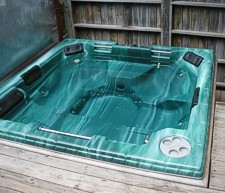
Yes, a star a minute. That is, if you can even see them all. When they start to fall like that, it's more like you catch one out of the corner of your eye while watching another one. (When you're watching the Perseids with other people, notice that no one ever says, "Look at that one!" but rather, "Wow! Did you see that one?") That's why the naked eye is perhaps the best instrument with which to view the showers. Telescopes and binoculars just can't be focused that quickly.
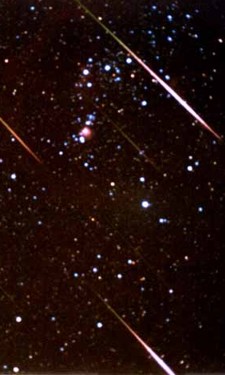
Where do all these meteors come from?
Perseid meteors are particles that are shed from a comet, called the Swift-Tuttle comet. Swift-Tuttle, like all other comets that pass through the inner solar system on their obit around the sun, is slowly deteriorating. According to astronomy columnist Joe Rao, "Over the centuries, the comet's crumbly remains have spread all along the orbit to form a moving river of rubble millions of miles wide and hundreds of millions of miles long." Every August, the orbit of the Earth carries our planet through this stream. When a particle passes through our upper atmosphere, the particle vaporizes, and we see the vapor trail.
|
|
The size of the particles ranges from a grain of sand to that of an orange. The larger the particle, the more spectacular the display. Some have glowing trains, and you should see an occasional very bright meteor called a fireball. At this time of the year, other shooting stars that are not associated with the Perseids area also visible at the rate of about 10 per hour.
A special night under the stars
Free from the lights of any neighboring city, the Hocking Hills are the perfect spot to view the Perseids.
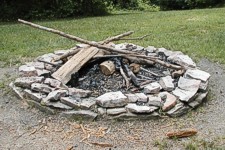
Plan ahead for Leonid
And now is a good time to plan ahead for the Leonid showers in November. The Leonid showers can be even more spectacular than the Perseids (as they were last year), but unfortunately the Leonids are not to be viewed on a warm summer night. Perhaps the best place to view the Leonid showers in chilly November is from a hot tub. We know just the place . .
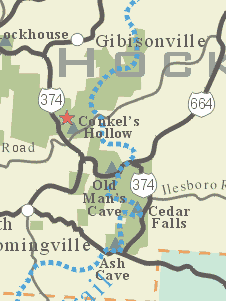
|